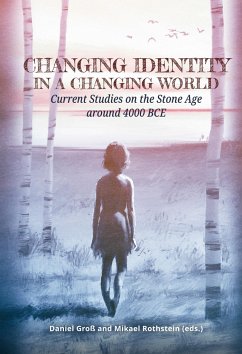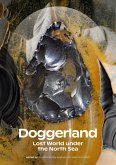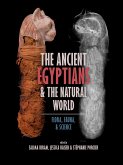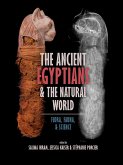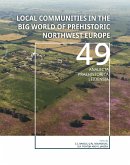From 2013-2022 the largest Stone Age excavation ever undertaken in Denmark, uncovered an entire fjord landscape beneath marine sediments at Rødbyhavn on the island of Lolland. Based on the excavations, Museum Lolland-Falster, in collaboration with Aarhus University and the Danish National Museum, organised an international conference on the topic of "LOST 2022 - Changing Identity in a Changing World" on 16 and 17 June 2022 to discuss the time around 4000 BCE in Denmark and beyond from different angles.This book summarizes the conference and presents its main outcomes. It also gives an overview of the current state of research within the Femern project and sets them into context with the wider area. By including contributions from the Netherlands to Finland, the central position of Lolland as a corridor in the Stone Age is highlighted and discussed. The topics covered in this book deal with technological change, archaeological analyses of identity, aspects of landscape interactionand perception in the Late Mesolithic and Early Neolithic.This book is aimed at specialists, students and the interested public alike, as it provides the first complete overview of the excavations of the Femern project and places them in context. At the same time, it serves as a basis for further studies on the material and highlights the challenges and possibilities of the archaeological record from the period around 4000 BCE.
Hinweis: Dieser Artikel kann nur an eine deutsche Lieferadresse ausgeliefert werden.
Hinweis: Dieser Artikel kann nur an eine deutsche Lieferadresse ausgeliefert werden.

